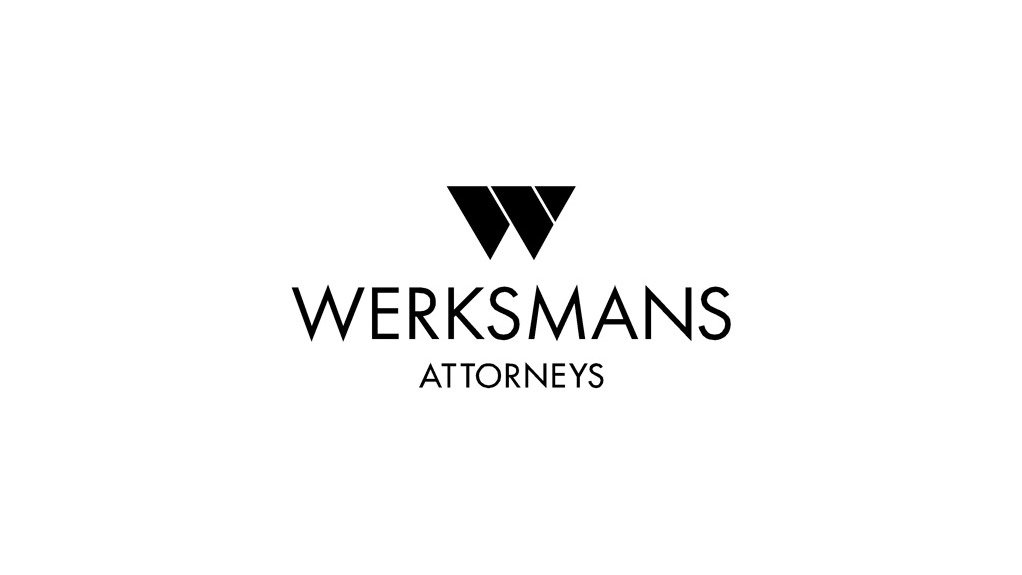The construction industry in South Africa has been faced with a number of challenges in recent years which has inhibited its ability to grow. The output of the industry contracted by 4.2% in 2024, which is synonymous with a wider trend of declining growth witnessed in the sector since 2009. In addition to its economic struggles which it shares with the rest of the country, being one of South Africa’s most carbon intensive sectors, the construction industry also faces challenges in its transition to lower carbon generation. In this regard green building has emerged as a vital tool to not only bringing sustainability into the industry space, but also to inspire its growth.
There have been a number of reasons for the sluggish performance of the South African construction industry in recent years. These include –
- the stalling of infrastructure projects by various criminal gangs collectively referred to as the ‘construction mafia’ which intimidate and threaten employees, demand payment of protection money and demand stakes in projects. This has threatened international investment in local infrastructure projects;
- the industry’s heavy dependency on imported materials, with approximately half of all materials used in the industry being imported into the country. With recent changes in international tariffs, the industry is at risk of further serious disruption;
- a skilled labour shortage and the need for more engineers and other qualified artisans such as welders, electricians and carpenters.
While the sector seeks to get its economic performance back on track, it must now also deal with the challenge of becoming more environmentally sustainable. At present, the industry is responsible for 23% of the country’s emissions with the production of materials accounting for a further 5%. As such, the construction industry is earmarked as a sector which will have to become accountable for its carbon emission use and must embark upon serious planning and reporting which will be required under the regulations to be published in terms of the Climate Change Act 22 of 2024. Construction also consumes the majority of the country’s raw materials and produces significant waste. In an attempt to mitigate the harsh environmental impact of the industry, the concept of green building has emerged. Green building involves eliminating or reducing the negative impacts of a project, and creating benefits for the environment through resource efficiency.
Existing green building practices and trends can be found in different spaces in South Africa.
Green building in South Africa is primarily guided by the Green Building Council South Africa (“GBCSA“) which was established in 2007 and offers certification for green buildings through the Green Star Certification, Net Zero and EDGE. It also gives input to the South African Government on the development of policy regarding green building.
From a regulatory perspective,
- the SANS 10400-XA, created by the South African Bureau of Standards, regulates the sustainability and energy consumption of buildings and requires energy efficient designs; and
- the regulations published under the National Energy Act 34 of 2008, require buildings over certain sizes, by December 2025 to display an energy performance certificate at the entrance of the building.
However, despite green building having the potential to transform the construction industry from a sustainability perspective, and despite middle and upper classes being prepared to pay more for sustainable housing and a growing demand from companies, including both lessors and lessees, for green buildings its uptake in South Africa has been low compared to international levels.
This as yet unmet demand is only expected to grow based on the various legal developments taking place in South Africa:
South Africa is moving towards compulsory ESG reporting. The Companies and Intellectual Property Commission (“CIPC“) published Notice 6 of 2025 wherein it stated that it has conducted public consultation on implementing compulsory sustainability reporting in South Africa and has joined a steering committee with the Department of Trade Industry and Competition which was established to consider implementing the ISSB Sustainability Disclosure Standards in South Africa.
At a municipal level, green buildings are becoming essential with four of South Africa’s municipalities, being the City of Cape Town, City of Johannesburg, City of Tshwane and eThekwini Municipality, developing policies which will require all new buildings to be net zero carbon from 2030 and for all buildings to be net zero carbon by 2050. The City of Johannesburg is currently looking at measures to monitor and implement such a policy. The requirement for all new buildings in these areas to be net zero carbon in the next five years will significantly drive the demand for green building, especially if other municipalities follow suit.
As reporting obligations and compliance requirements increase, green building will inevitably become the path to building owners improving their ESG standing and tenants preferring to occupy green buildings to offset their emissions.
The construction of green buildings is not a process which necessarily comes at a greater cost either. Real cost savings can be achieved due to the energy efficient nature of green buildings which outstrip the additional costs required to construct such buildings. Green buildings are naturally more energy efficient, both in terms of energy costs upfront, and in ongoing operation/consumption of energy. The additional investment in green building certification also leads to higher sale value and rental income.
There is also scope to grow demand through marketing initiatives to address the lack of awareness of the benefits of green building in certain sectors.
Green building is also an avenue where green loans can be utilized as part of the growing sustainable finance market in South Africa. The construction of a green building that meets certain standards or is certified in terms of a certification system such as Green Star or EDGE, qualifies as a green project according to the Loan Market Association. This type of funding provides certain benefits to borrowers such as a lower interest margin making the funding cheaper.
Conclusion
The stagnating construction industry is therefore perfectly poised to springboard off what will surely be a market opportunity to construct buildings for which consumers are willing to pay a premium, can be financed under favourable conditions and which will now also become a pre‑requisite under reforms in the regulatory and legislative environment which is geared to address South Africa’s International Climate Commitments.
If construction companies can tap into and broaden the existing demand, there is scope for large gains to be made at both company and industry level.
With a growing demand internationally for investment in sustainable projects, green building represents an opportunity to attract much needed local and foreign investment into domestic construction projects.
Written by Justin Duarte, Candidate Attorney, reviewed by Natalie Scott, Director and Head of Sustainability and Jennifer Smit, Director and Head of Construction & Engineering; Werksmans
EMAIL THIS ARTICLE SAVE THIS ARTICLE ARTICLE ENQUIRY FEEDBACK
To subscribe email subscriptions@creamermedia.co.za or click here
To advertise email advertising@creamermedia.co.za or click here











